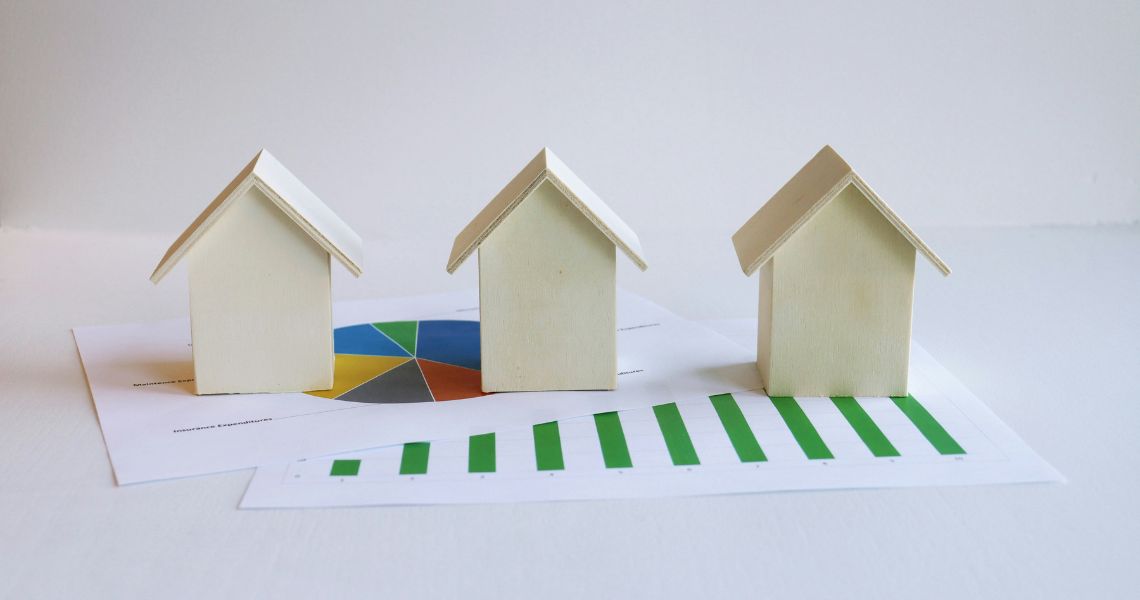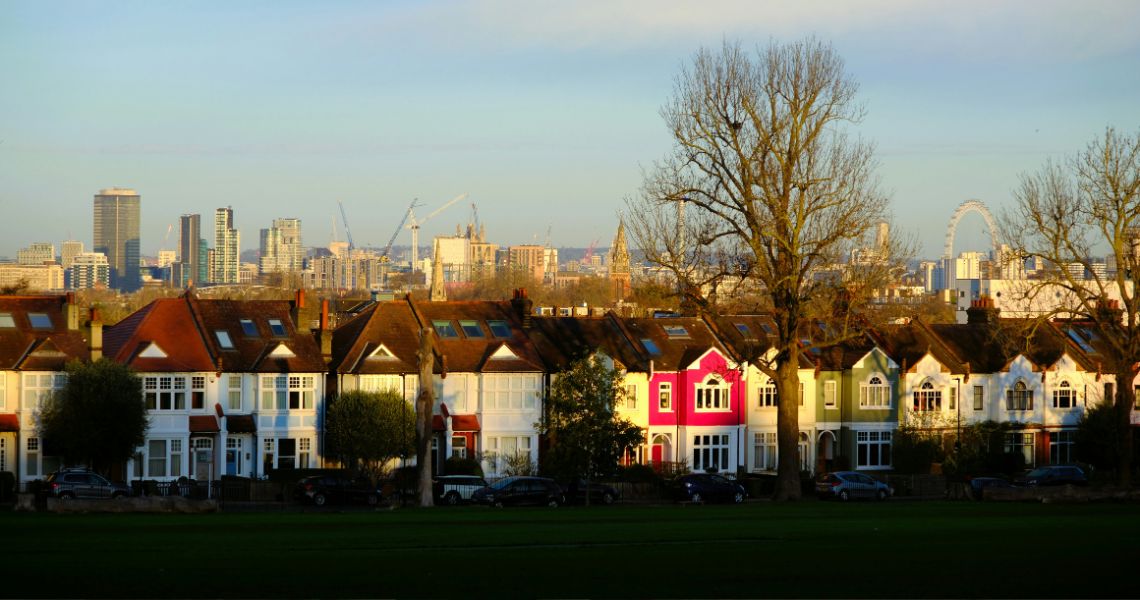Stretch marks, also known as striae, can be red, purple, blue, black, or brown, depending on your skin tone, and they are completely harmless!
They are also extremely common affecting about 50% to 90% of people worldwide. However, having said that, we fully understand that stretch marks can still impact your confidence, leaving many feeling uncomfortable in their own skin. And since our skin is our largest organ, feeling happy in yours is of the utmost importance. So join us as we have a look at why we develop stretch marks and how to reduce their appearance effectively.
What Causes Stretch Marks?
It is important to note that stretch marks affect people of all ages, genders, and body types, and often appear on the abdomen, thighs, hips, upper arms, and breasts. They can be caused by various factors such as hormones (specifically cortisol and oestrogen). This is because cortisol and oestrogen can weaken the elastic and collagen fibres in your skin.


Other causes include pregnancy (especially during the last trimester), rapid weight gain or loss, puberty, and genetics. Additionally, conditions like Cushing syndrome, Ehlers-Danlos syndrome, Marfan syndrome, and various other adrenal gland disorders can contribute to their development.
All of these factors can cause your skin to stretch or shrink rapidly, causing the dermis (the middle layer of skin) to tear. These tears disrupt the normal production of collagen and elastin, the proteins responsible for keeping skin strong and elastic.
How To Deal With Stretch Marks
Luckily for all of us, there are multiple non-surgical treatments available to help reduce the appearance of your stretch marks, but more often than not, they cannot be reduced in their entirety.
Some of the most popular aesthetic treatments include:
Laser Treatment
If you are thinking about waving goodbye to your stretch marks, laser stretch mark removal is a great option worth exploring. It is a safe and effective treatment that targets the cells beneath the surface of the skin, stimulating collagen production and promoting skin repair.
Microneedling
Microneedling uses tiny needles to create controlled micro-injuries in the skin, stimulating the production of collagen and elastin. It helps reduce stretch marks and scars by improving the texture and elasticity of the skin, making them less visible over time.
Chemical Peels
Chemical peels are also excellent non-surgical treatments that exfoliate the skin and remove damaged outer layers, promoting the regeneration of healthier skin and reducing the appearance of stretch marks.
Radiofrequency Therapy
Radiofrequency therapy is a non-invasive treatment that uses radiofrequency energy to heat the deeper layers of the skin, stimulating collagen production. It can improve the appearance of stretch marks by promoting skin tightening and enhancing elasticity.
Microneedling With Radiofrequency (RF Microneedling)
This treatment is highly effective in reducing the appearance of both old and new stretch marks, as it combines microneedling and radiofrequency energy to enhance collagen production and improve skin texture.
Different Types Of Stretch Marks

Stretch marks come in more colours than the rainbow, these include striae rubrae (red), striae albae (white), striae nigra (black), and striae caerulea (dark blue). Darker-coloured stretch marks are typically newly developed, whereas lighter-coloured ones are typically older and have faded out over time.
They are also divided into three categories, known as striae atrophicans (thinned skin), striae gravidarum (following pregnancy), striae distensae (stretched skin).
It is important to keep these different types in mind when choosing the most effective stretch mark reduction treatment.
How To Prevent New Lines From Appearing
It is somewhat impossible to completely stop stretch marks from developing, but you can help reduce your risk of developing them by staying hydrated, eating healthy (this includes incorporating foods rich in vitamins C, E, zinc, and omega-3 fatty acids into your diet), exercising regularly (to help maintain a healthy weight), avoiding smoking and protecting your skin from the sun.
Researchers have also recently uncovered that products containing centella or hyaluronic acid, may or may not help keep them at bay too.
Here Is What To Remember
Stretch marks are a natural occurrence and do not discriminate. Whether you are Caucasian, Asian, African, or Native American, young or old, they can develop on anyone. While women are 2.5 times more likely to develop stretch marks due to hormones like oestrogen and their ability to bear children (which involves a new array of hormones and rapidly expanding and stretching skin), men are also at risk.


However, there are multiple ways to help reduce their appearance. Consult your dermatologist or aesthetician about the best solutions to help you embrace the skin you are in with confidence.
And remember, while it is natural to want to improve the appearance of stretch marks, it is equally important to embrace them as a normal part of life! Celebrities like Chrissy Teigen and Ashley Graham have openly shared their stretch mark journeys, reminding us that they are completely normal and nothing to be ashamed of.
Images courtesy of unsplash.com, freepix.com and pexels.com












